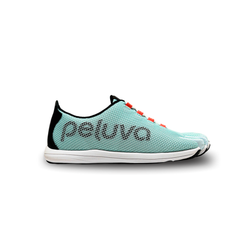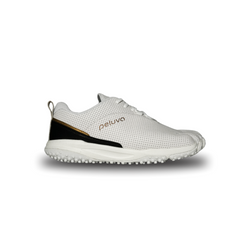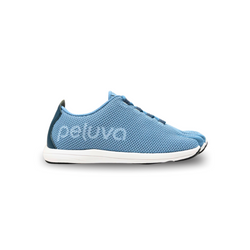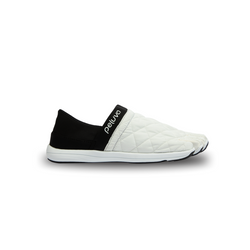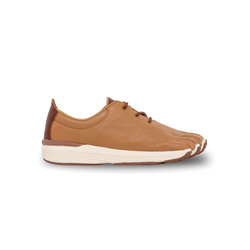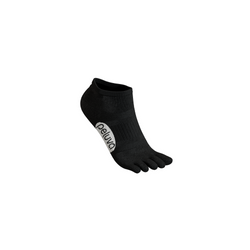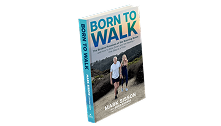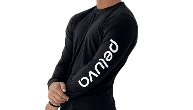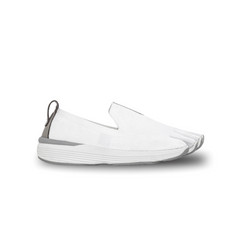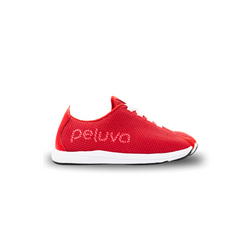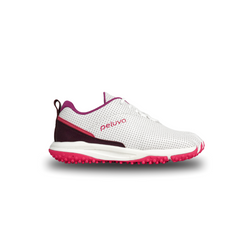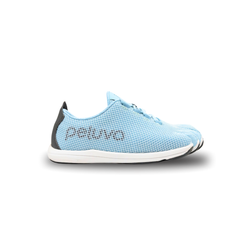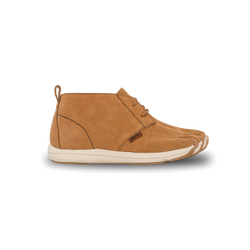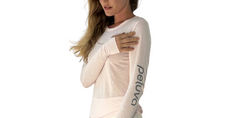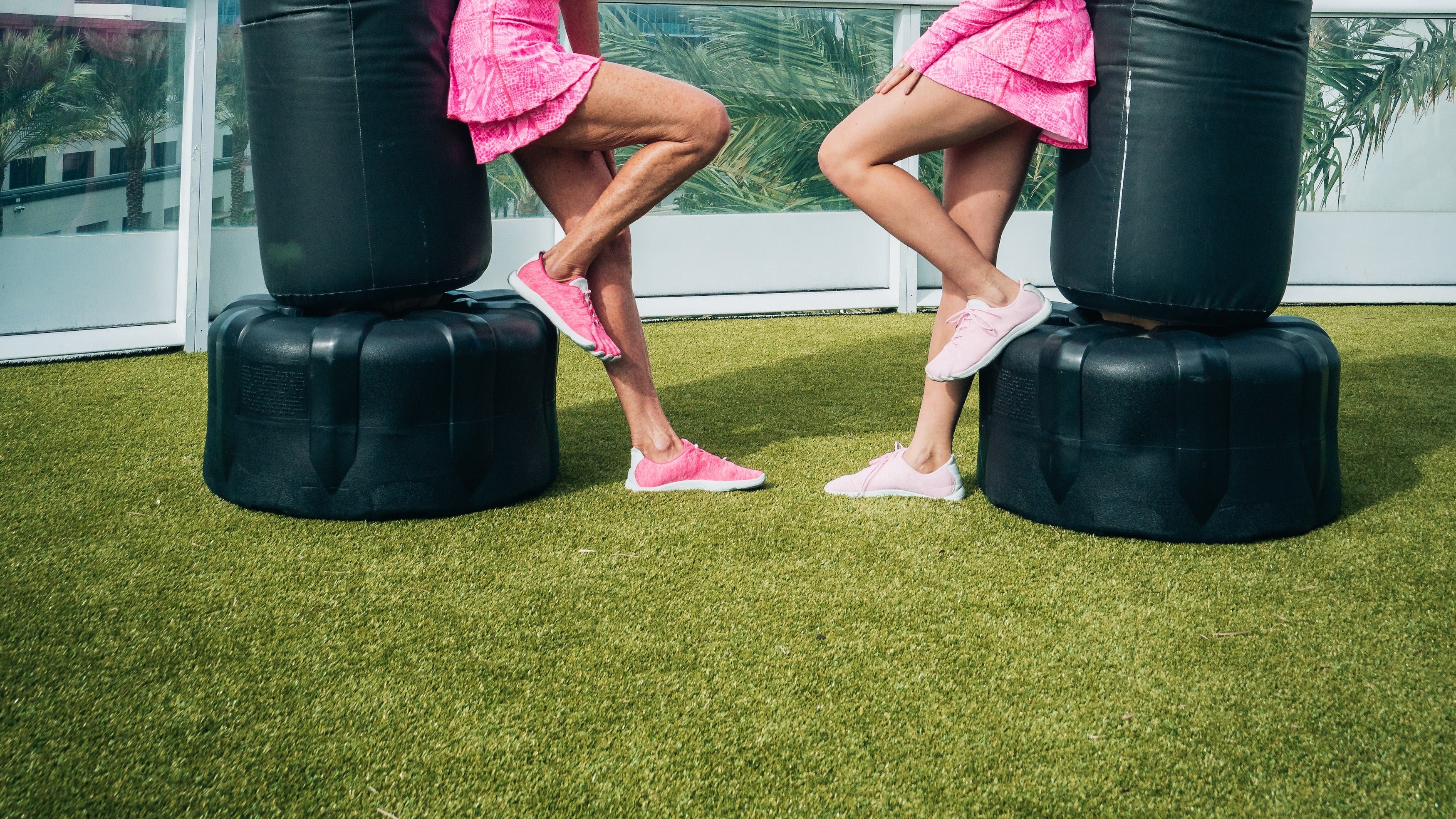How do I know my size?
In general, we find that it's best to order a half-size larger than your regular running shoe. While we offer standard shoe sizing, Peluvas have one basic common foot pattern, to accommodate your individual toes. This common outline is intended to fit most people. Of course, this pattern increases or decreases based on shoe size. Some people have a longer second toe than the first (or big) toe. Others have a longer than average pinkie toe. In these cases, you might try buying a half size larger than your normal shoe size. It is not necessary that every toe extends all the way into each toe box. We recommend that you use our fitting app underneath the size chart of each product.

